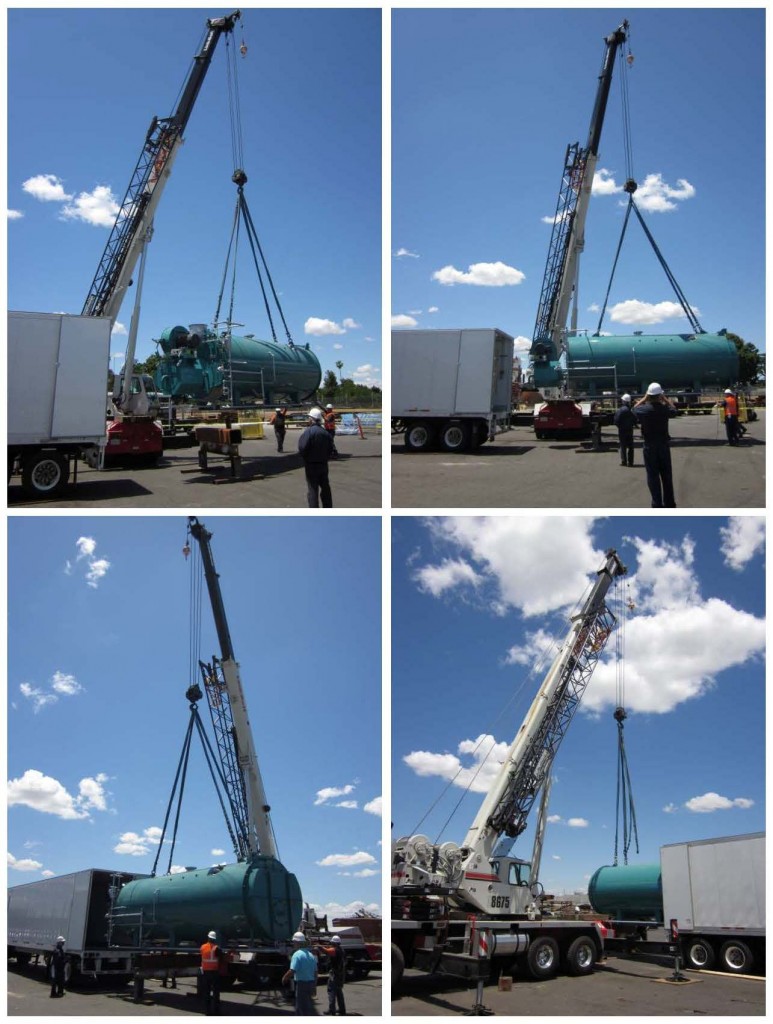An external inspection is done when the boiler is still in-service. It is important that the inspection is scheduled at a time where short interruptions (due to the inspection) will not affect facility operations. Make sure that personnel are notified of the inspection and qualified operators are available for any testing the Boiler Inspector may need done.
Internal inspections are done when the boiler is not in service and are a lot more complex, which is why HSB created a list outlining how to prepare for an inspection. Make sure that you prepare for the inspection correctly because if not, the Boiler Inspector can refuse the inspection until the boiler is properly prepared.
For internal inspections, you should:
- Shut down the boiler using proper shut down procedures as required by your boiler operating instructions.
- Lockout and tag all steam, water, and fuel valves, the ignition system, and electrical disconnects.
- Allow boiler to cool completely, 24 to 28 hours depending on the style and size of the boiler.
- Open all drain and vent lines and drain the boiler.
- Remove inspection plugs in water column connectors.
- Remove all manhole and handhole cover plates.
- Remove all washout plugs.
- Flush all sludge and loose scale from boiler interior. Check with your Boiler Inspector first as some inspectors prefer to leave scale and sludge in the boiler for their inspection.
- Open all low-water fuel cutout device float chambers.
- Open all low-water fuel cutout device cross tee piping plugs.
- After draining and flushing the boiler, close, lockout, and tag blow off valves.
- Open all fireside access panels/doors, front and rear.
- Remove all soot and ash from boiler furnace surfaces and grates (if applicable). Again, check with your Boiler Inspector to see if he wants to examine the area before cleaning.
- Have new gaskets ready for all openings; do not reuse gaskets.
Taken from: http://www.hsb.com/HSBGroup/uploadedFiles/HSB_COM/Information_Resources/769%20%20%20My%20Inspector%20Called%20to%20Schedule%20an%20Inspection%20-%20How%20Should%20I%20Prepare%20my%20Boiler.pdf



